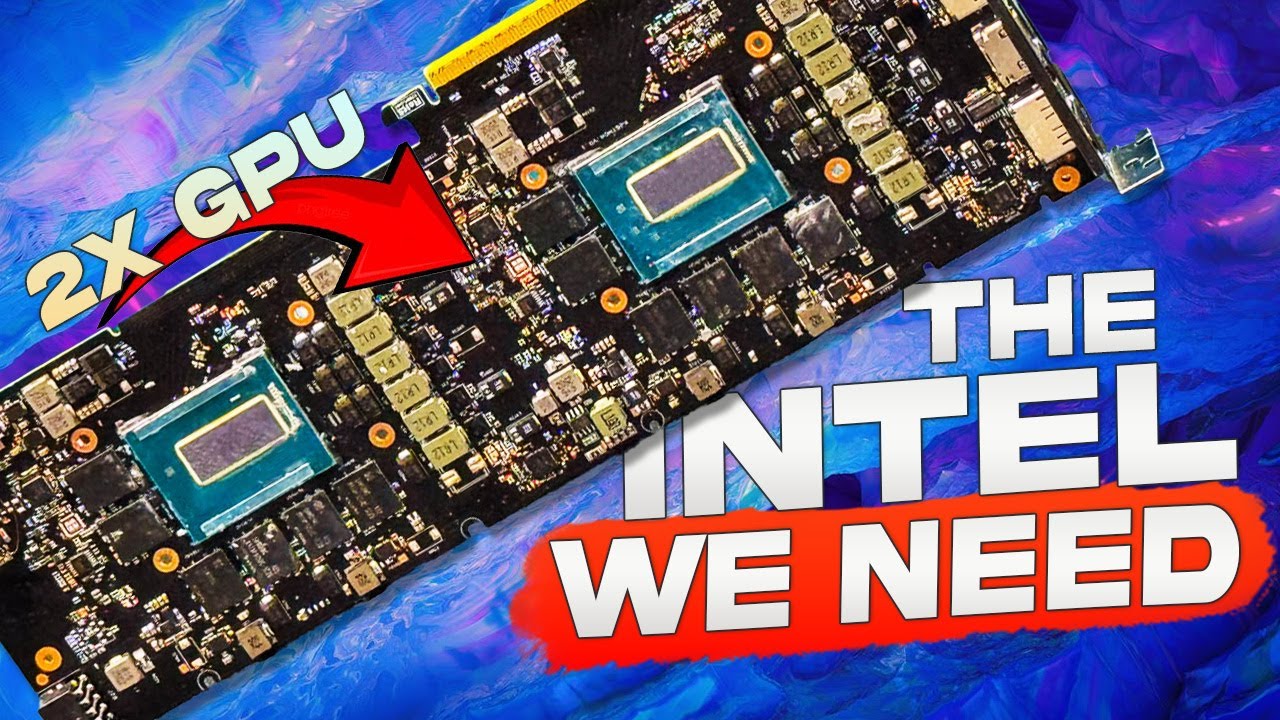The video highlights Intel’s strategic restructuring under CEO Leap Bhutan, focusing on innovation, workforce reduction, and partnerships like increased reliance on TSMC to boost competitiveness, especially in AI and professional markets. At Computex 2025, Intel announced next-generation mobile CPUs, AI advancements, and high-performance mobile laptops, but disappointed enthusiasts with the absence of desktop versions, emphasizing a shift toward mobile and AI-focused solutions to regain market leadership.
The video discusses the significant changes at Intel following the appointment of CEO Leap Bhutan, highlighting the company’s restructuring efforts aimed at improving innovation and competitiveness. Since the previous coverage, Intel has undergone deep structural reforms, including workforce reductions and a focus on streamlining workflows. Leap Bhutan’s approach emphasizes direct communication with engineers and a pragmatic strategy of shifting more product development to TSMC, signaling a desire to produce the best possible products and regain market leadership. The overall tone is optimistic, suggesting that these efforts could lead to a stronger Intel capable of challenging AMD and Nvidia, especially in the PC enthusiast segment.
At Computex 2025, Intel announced its next-generation client CPUs, notably Panther Lake, which features Cougar Lake PCores and Dark Montes built on the 18A process node. However, these chips are exclusively for mobile devices, with no desktop versions announced, implying that desktop refreshes like Arrow Lake are still forthcoming. Intel demonstrated AI applications on Panther Lake, including video editing enhancements through collaboration with Blackmagic Design, leveraging Intel’s expertise in co-designing hardware and software for AI workloads. The new chip configuration includes large tiles for graphics and SoC, reflecting an innovative approach to integrating AI accelerators directly into the silicon.
Despite these advancements, Intel did not release new desktop socketable CPUs based on Panther Lake, which disappointed many enthusiasts given AMD’s strong performance in gaming and desktop workloads. The company also previewed the XC3 celestial iGPU for Panther Lake and showcased high-performance mobile laptops based on Luna Lake and 200V series architectures. These laptops, like the Predator Triton 14 AI, feature high wattage (125W) configurations, emphasizing Intel’s focus on high-performance mobile computing. However, in raw performance, AMD still leads, especially with their latest mobile processors outperforming Intel’s offerings in benchmarks and multi-core performance.
Intel’s ambitious Project Battle Matrix was a key highlight, offering a workstation capable of housing up to eight Intel Arc Pro GPUs with 192 GB of VRAM, targeting inference and AI workloads. This setup rivals AMD’s Radeon AI Pro R9700 configurations and is designed to support large language models and AI-assisted game development. Intel also announced the ARC B60 graphics cards, which can be configured in dual setups for massive VRAM capacity at a fraction of the cost of comparable Nvidia solutions. These developments underscore Intel’s strategic focus on AI and professional markets, leveraging their ability to collaborate closely with partners to innovate in graphics and compute hardware.
The video concludes with a look at Intel’s broader strategic shifts under Leap Bhutan, including plans to cut at least 20% of the global workforce and reduce bureaucratic layers to empower engineers. The CEO’s focus on direct communication, better execution, and pragmatic partnerships—such as increased reliance on TSMC—aims to position Intel as a more agile and competitive player. While some product launches like the B770 GPU are eagerly anticipated, the overall message is one of cautious optimism, with Intel striving to regain its footing and foster a more competitive environment that benefits PC enthusiasts and the broader industry.
